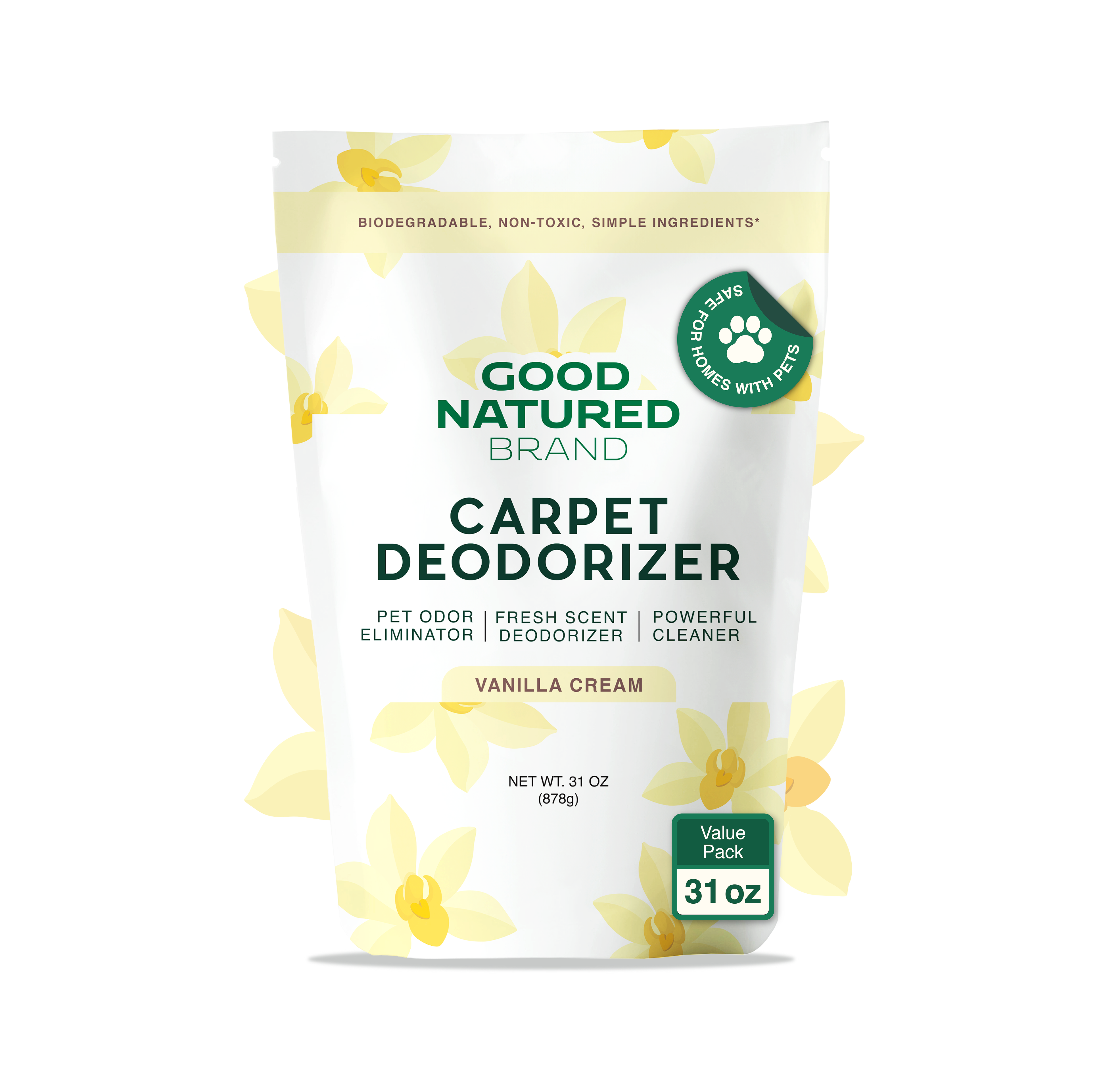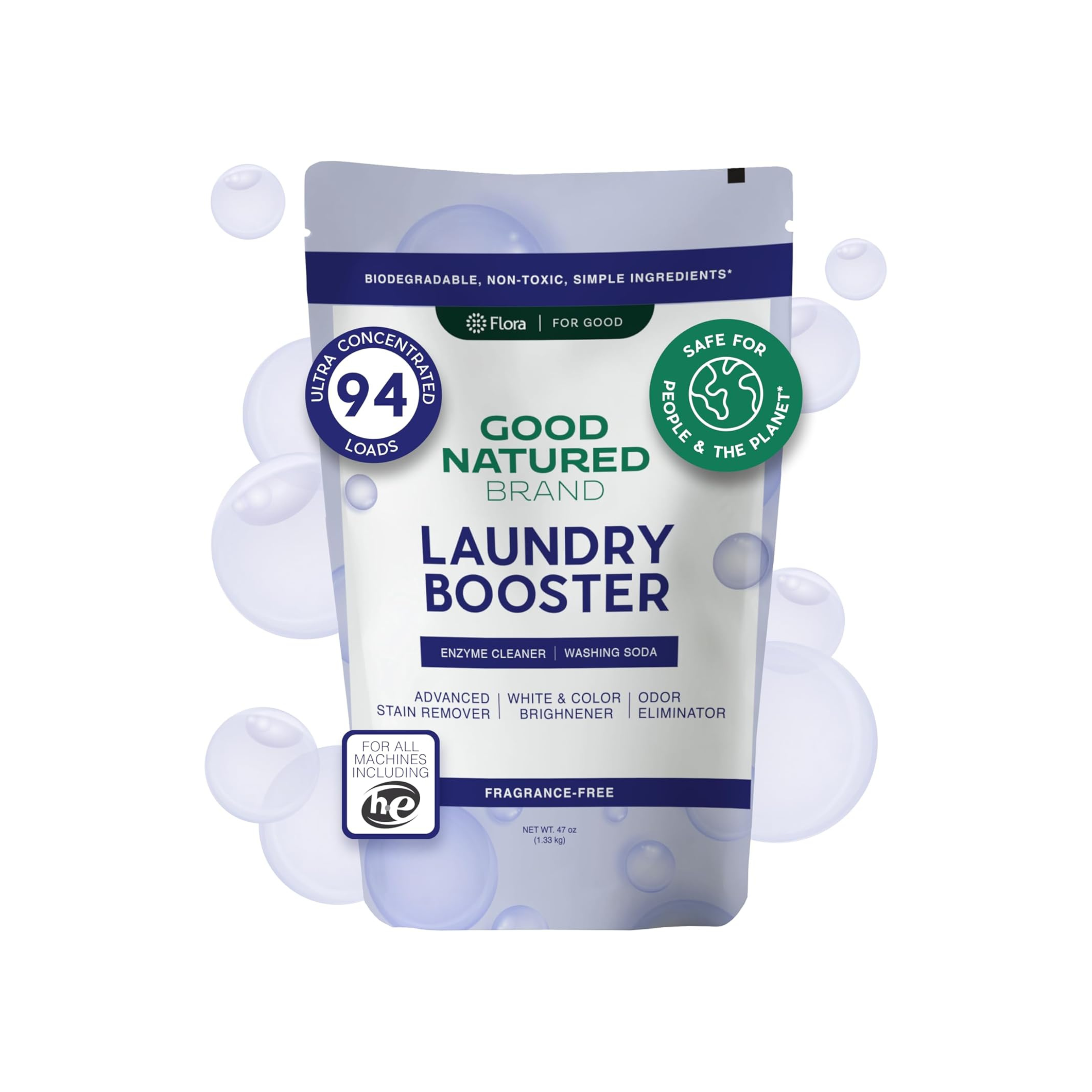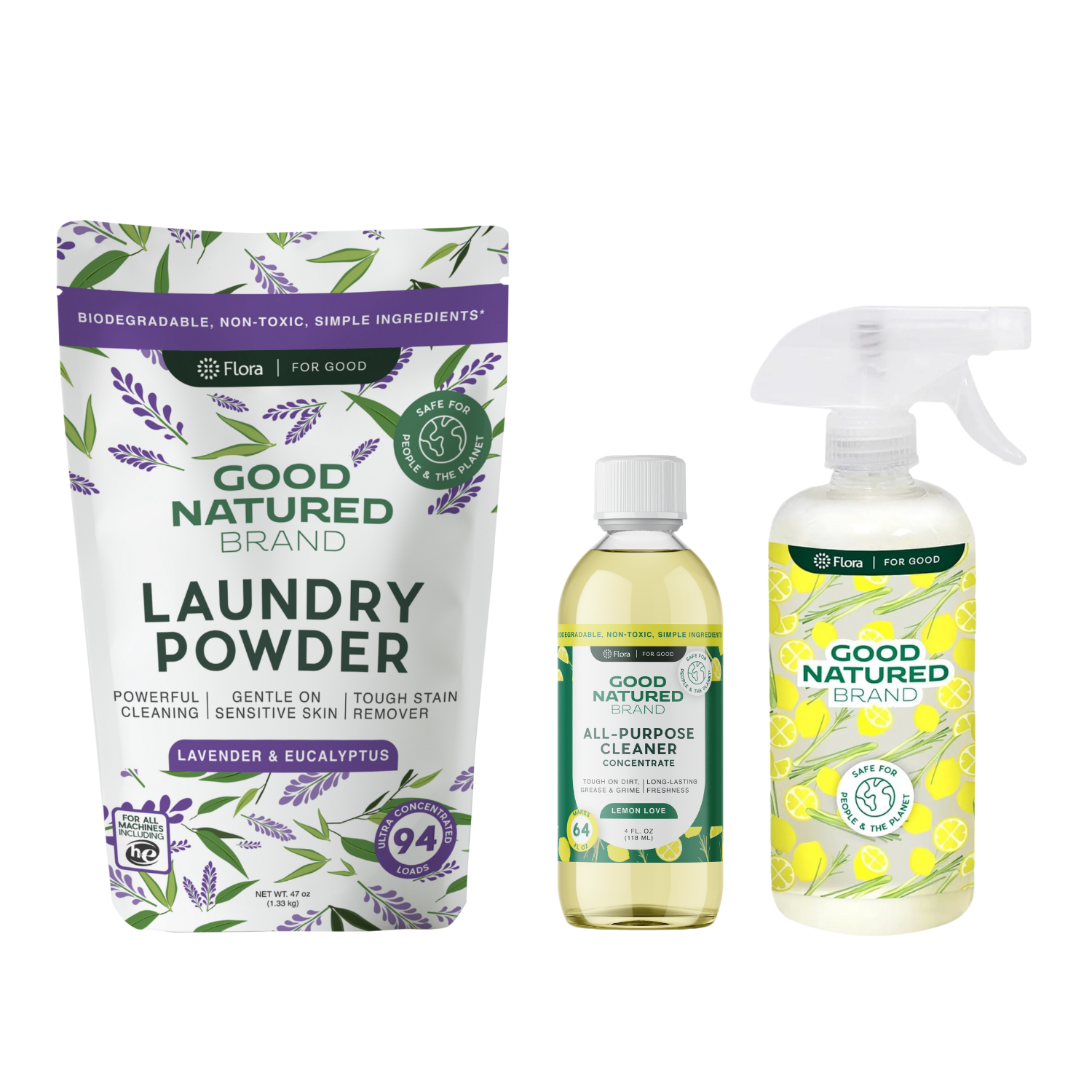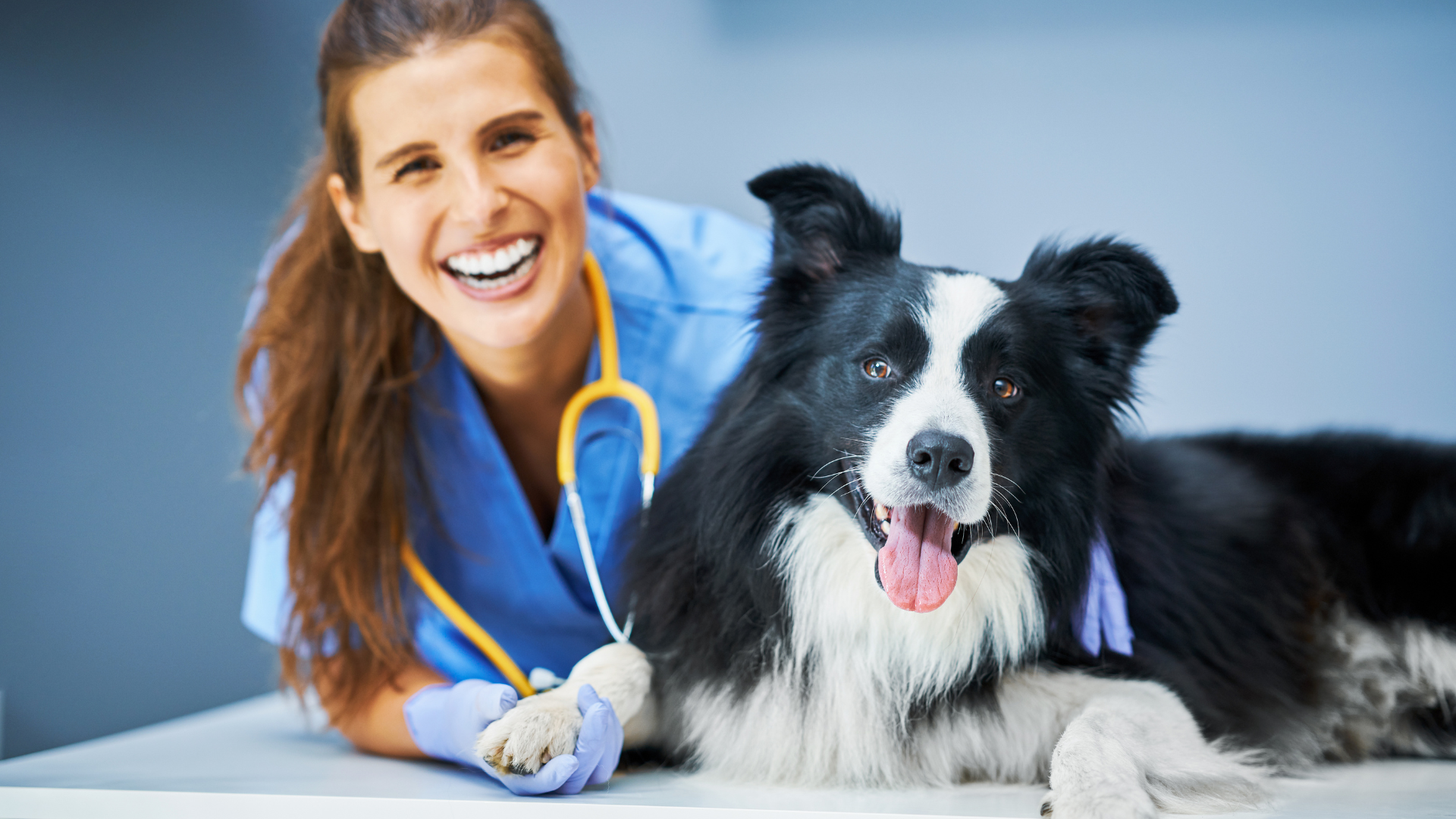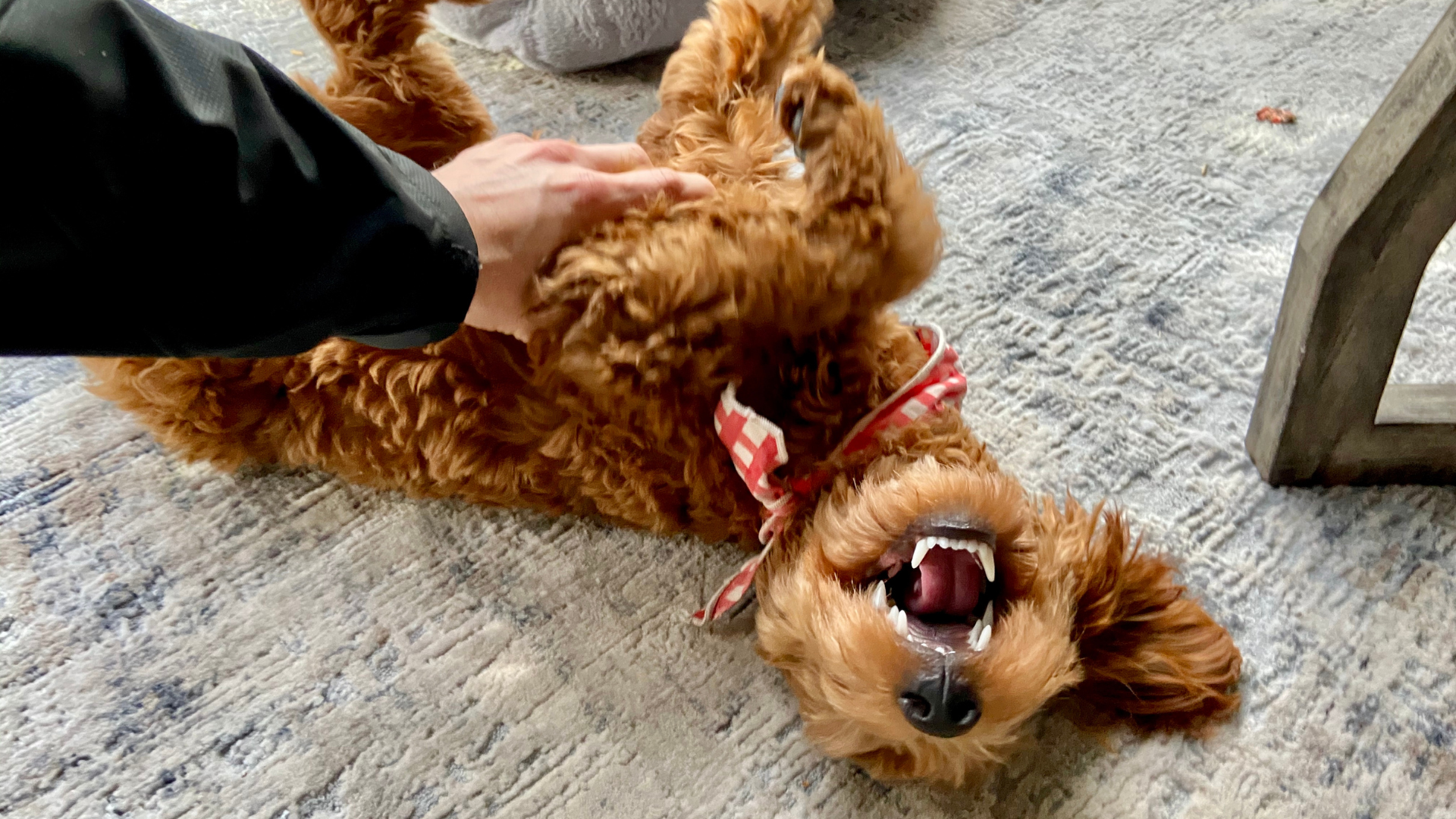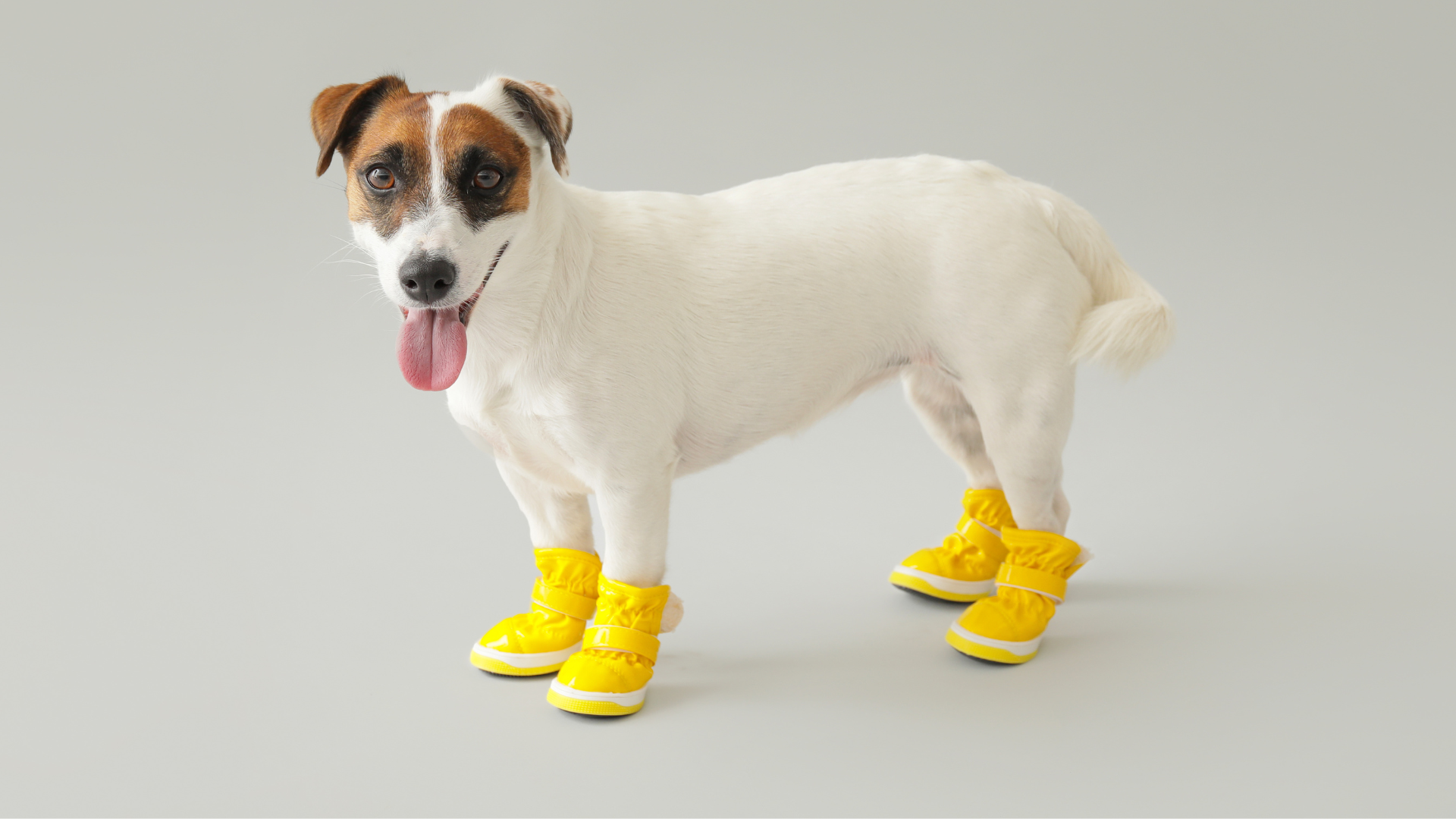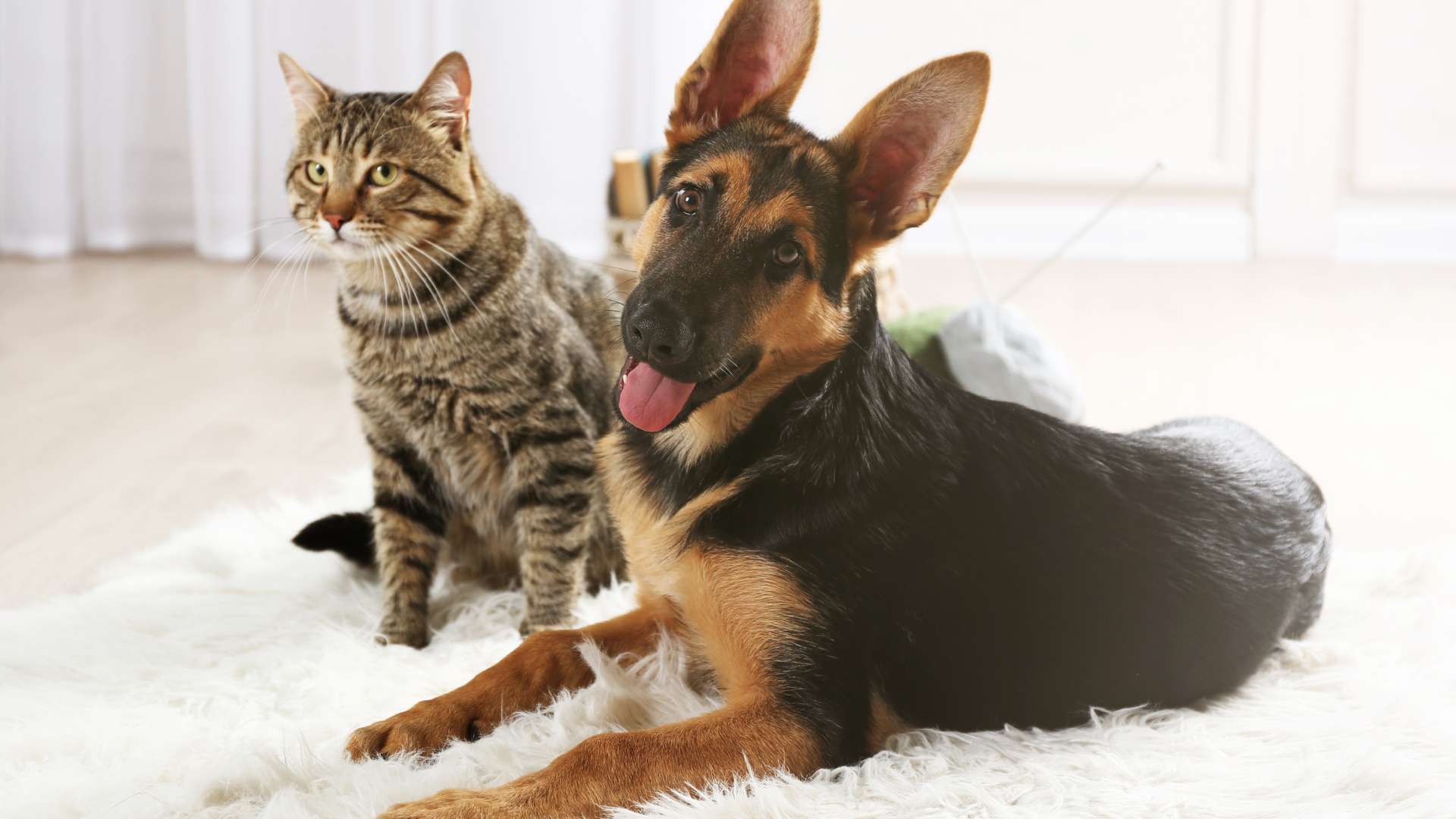If you’re a pet parent, seeing your dog suddenly start bleeding from a nail can be alarming. Dog nail bleeding is one of the most common minor injuries dogs experience, yet it can look dramatic and feel scary in the moment. Whether it happens from a nail trim gone wrong or from an accidental snag during play, knowing what to do can help you stay calm and protect your pup.
In this article, we’ll walk through the causes of dog nail bleeding, how to provide immediate first aid, and how to know when it’s serious enough to call the vet. We’ll also touch on cleaning tips for your home if your dog tracks blood across carpets or furniture, so you can respond with confidence.
What Is Dog Nail Bleeding?
Dog nail bleeding usually happens when the nail’s sensitive inner core—called the quick (dog anatomy)—is damaged or cut. The quick contains blood vessels and nerves, and when it’s exposed or nicked, it can bleed quite a lot for such a small injury.
There are two main types of nail bleeding:
-
Trimming-related bleeding: When a nail is cut too short during grooming and the quick is clipped.
-
Trauma-related bleeding: When a nail cracks, splits, or tears off during play or from getting caught on something.
While the sight of blood can be unsettling, most cases of dog nail bleeding are minor and heal quickly with proper care.
Common Causes of Dog Nail Bleeding
Understanding what causes nail bleeding can help you prevent it from happening again. Some of the most common causes include:
Cutting the Nails Too Short
This is the most frequent cause. Even experienced pet parents and groomers can accidentally clip the quick, especially on dark nails where it’s hard to see.
Cracked or Split Nails
Dogs that run or play on rough surfaces may crack or split their nails. These cracks can travel up to the quick, causing pain and bleeding.
Nails Snagging on Surfaces
Nails that are too long are more likely to catch on rugs, furniture, or uneven pavement. A sudden snag can tear the nail partially off, exposing the quick.
Excessive Scratching
Dogs with allergies or skin infections may scratch excessively, which can damage their nails and cause bleeding around the nail bed.
Underlying Health Issues
Some health problems—like nutritional deficiencies, hormonal imbalances, or fungal infections—can weaken nails, making them brittle and prone to breaking and bleeding.
Identifying which factor is at play can help you take preventive steps and protect your dog’s paws in the future.
How to Tell If Dog Nail Bleeding Is Serious
While most nail bleeding is minor, it’s important to know the signs that might indicate a more serious injury or infection.
Mild nail injuries usually involve:
-
Slow bleeding that stops within 10–20 minutes
-
No limping or change in gait
-
A chip or superficial crack in the nail tip
Serious nail injuries may include:
-
Continuous bleeding that won’t stop
-
Swelling, redness, or heat around the nail
-
Visible damage to the nail bed or paw pad
-
Limping or refusing to put weight on the paw
-
Pus or foul odor (a sign of infection)
If you notice any signs of severe injury or infection, seek veterinary attention promptly.
Immediate First Aid for Dog Nail Bleeding at Home
If your dog’s nail starts bleeding suddenly, taking the right steps quickly can stop the bleeding and prevent infection. Here’s what to do:
1. Stay calm and restrain your dog gently
Dogs pick up on your emotions. Speak softly, and have someone hold your dog gently but securely to prevent sudden movements.
2. Clean the area around the nail
Use a damp, clean cloth to wipe away dirt, debris, and blood around the nail and paw. This reduces the risk of infection.
3. Apply direct pressure
Use a clean gauze pad or cloth to apply gentle pressure to the bleeding nail for several minutes.
4. Use a coagulant if available
If you have styptic powder, cornstarch, or silver nitrate sticks, apply a small amount to the nail tip to help the blood clot.
5. Keep your dog calm and still
Minimize walking or activity for at least 30 minutes to prevent the clot from breaking open again.
If the bleeding hasn’t stopped after 20 minutes, or if the nail is hanging loosely or cracked near the base, it’s safest to call your vet for further care.
When to Take Your Dog to the Vet for Nail Bleeding
Not all nail injuries can be handled at home. Contact your veterinarian if:
-
The bleeding continues after 20–30 minutes of pressure
-
The nail is completely torn off or cracked at the base
-
The area looks swollen, red, or infected
-
Your dog is limping or in visible pain
-
Your dog has frequent nail breakages or bleeds often
Your vet may need to trim the damaged portion, prescribe antibiotics, or check for underlying conditions that weaken your dog’s nails.
A Quick Note on Cleaning Your Home After a Nail Bleed
If your dog walked around with a bleeding nail, you might find tiny blood droplets on your carpet, rugs, or furniture. To keep your home clean and odor-free, sprinkle Carpet Deodorizers on soft surfaces to neutralize pet odors, wash any blood-stained blankets or towels with Laundry Powders, and wipe down hard floors, baseboards, or furniture legs with All-Purpose Cleaners. This keeps your space fresh and safe while your dog recovers.
Caring for a Dog After Nail Bleeding
Once the bleeding has stopped, your dog will need some extra care to help the nail heal and to prevent re-injury. Even if the injury seems minor, taking precautions can prevent infections and make recovery quicker.
Helpful aftercare steps:
-
Protect the injured nail: Wrap it gently with gauze or a dog-specific bandage to shield it from dirt and friction.
-
Prevent licking or chewing: Use an Elizabethan collar (cone) or a soft recovery collar to stop your dog from irritating the wound.
-
Keep the paw clean and dry: Avoid walking your dog on wet grass, mud, or rough pavement for a few days.
-
Limit high activity: Restrict running, jumping, and rough play until the nail heals fully, which usually takes 1–2 weeks.
Monitor your dog’s nail daily. If you notice redness, swelling, discharge, or if your dog starts limping again, call your veterinarian to rule out infection.
How to Prevent Dog Nail Bleeding in the Future
The best way to handle dog nail bleeding is to prevent it from happening in the first place. Proper nail maintenance dramatically lowers the risk of breakage and bleeding.
Tips to prevent nail bleeding:
-
Trim nails regularly: Keeping nails short prevents snagging and cracking.
-
Use the right tools: Invest in sharp dog nail clippers or a dog nail grinder to get a clean cut.
-
Trim a little at a time: Especially if your dog has dark nails, cut off small slivers to avoid hitting the quick (dog anatomy).
-
Train your dog to accept paw handling: Start when they’re young or gradually desensitize them with positive reinforcement.
-
Walk on abrasive surfaces: Walking on pavement can naturally file nails down between trims.
With consistency, nail trimming becomes routine and stress-free for both you and your dog.
How to Safely Trim Dog Nails at Home
Learning how to trim nails properly is the key to avoiding accidental cuts and bleeding. If you’re nervous, ask your vet or groomer to demonstrate the process.
Safe trimming technique:
-
Choose a quiet space: Calm your dog and gently hold their paw.
-
Identify the quick: On light-colored nails, it’s the pink section inside the nail. On dark nails, trim tiny bits until you see a dark spot appear in the center—this means you’re close to the quick.
-
Cut at a 45° angle: Clip just the tip of the nail, angling away from the quick.
-
Reward and reassure: Praise your dog and offer treats after each nail to build positive associations.
If you accidentally nick the quick and cause bleeding, remain calm and follow the first-aid steps from Part 1.
Keeping Your Home Clean After a Nail Bleeding Accident
A bleeding nail can leave tiny blood spots on your carpet, rugs, or even furniture if your dog walked around before you noticed. Cleaning quickly prevents stains and odors from setting in.
Pet-safe cleanup steps:
-
Sprinkle Carpet Deodorizers on rugs and soft surfaces to neutralize pet odors and refresh the fabric.
-
Wash any blood-stained towels, blankets, or bedding with Laundry Powders to remove spots and odors while keeping fabrics safe for pets.
-
Wipe down hard surfaces, floors, and furniture legs with All-Purpose Cleaners to disinfect and lift dried blood safely.
Maintaining a clean space not only keeps your home fresh but also reduces the risk of bacteria spreading to your dog’s healing paw.
Common Myths About Dog Nail Bleeding
Dog nail bleeding is common, but myths about it can cause unnecessary panic or poor responses. Here are a few myths to avoid:
-
Myth: Nail bleeding means something serious is wrong
Most cases are minor injuries, especially if caused by trimming or a snag. -
Myth: You should let it bleed to “clean it out”
This is false—bleeding should be stopped quickly to prevent infection. -
Myth: Dogs don’t feel pain when their nails bleed
The quick has nerves, so cutting it is painful. Always handle injured nails gently. -
Myth: Nail bleeding is rare
It’s actually quite common, even among experienced groomers and pet owners.
By understanding the facts, you can respond calmly and correctly.
More Helpful Resources for Pet Parents
Dog nail bleeding can be stressful, but being prepared makes all the difference. For more pet care guidance, cleaning tips, and safety advice, check out the Good Natured Brand Blog.
You can also visit the Good Natured Brand website to explore eco-friendly cleaning essentials that keep your pet-friendly home safe, fresh, and welcoming.
Final Thoughts on Dog Nail Bleeding
Dog nail bleeding might look scary, but with calm first aid, good aftercare, and preventive trimming habits, it’s a manageable issue. Most injuries heal quickly with proper care, and your dog will be back on their paws in no time.
By learning how to safely trim nails, keeping your home clean during recovery, and knowing when to call the vet, you’ll protect your dog’s health and comfort—while keeping your home fresh and tidy.





